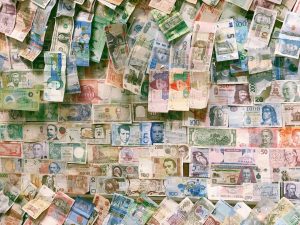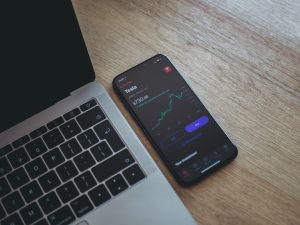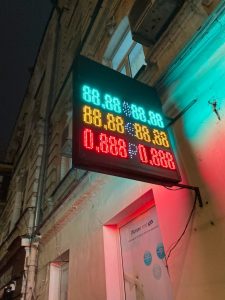Forex indicators are important tools used by banks to help them make informed decisions about currency trading. These indicators are used to analyze market trends and forecast future trends. Banks use forex indicators to help them identify profitable trading opportunities and minimize risk. Here are some of the most commonly used forex indicators by banks:
1. Moving Averages
Moving averages are one of the most widely used forex indicators by banks. Moving averages help banks to identify market trends by smoothing out price fluctuations. The moving average is calculated by adding up the closing prices of a currency pair over a certain period of time and dividing the total by the number of periods. Banks use moving averages to determine the direction of the trend and to identify potential support and resistance levels.
2. Relative Strength Index (RSI)
The Relative Strength Index (RSI) is a momentum indicator that measures the strength of a currency pair’s price action. The RSI is calculated by comparing the average gain and average loss of a currency pair over a certain period of time. Banks use the RSI to help them identify overbought and oversold conditions in a currency pair. When the RSI is above 70, it is considered overbought, and when it is below 30, it is considered oversold.
3. Stochastic Oscillator
The Stochastic Oscillator is another momentum indicator that is commonly used by banks. The Stochastic Oscillator measures the momentum of a currency pair by comparing the closing price of a currency pair to its trading range over a certain period of time. Banks use the Stochastic Oscillator to help them identify overbought and oversold conditions in a currency pair. When the Stochastic Oscillator is above 80, it is considered overbought, and when it is below 20, it is considered oversold.
4. Fibonacci Retracement
The Fibonacci Retracement is a technical analysis tool that is used to identify potential levels of support and resistance in a currency pair. The Fibonacci Retracement is based on the idea that markets move in waves, and that these waves can be predicted using Fibonacci ratios. Banks use the Fibonacci Retracement to identify potential levels of support and resistance in a currency pair, and to help them make informed trading decisions.
5. Bollinger Bands
Bollinger Bands are a technical analysis tool that is used to measure volatility in a currency pair. Bollinger Bands consist of a moving average and two standard deviation bands above and below the moving average. Banks use Bollinger Bands to help them identify potential levels of support and resistance in a currency pair, and to identify potential trading opportunities.
In conclusion, forex indicators are important tools used by banks to help them make informed decisions about currency trading. Banks use forex indicators to analyze market trends and forecast future trends. Moving averages, Relative Strength Index (RSI), Stochastic Oscillator, Fibonacci Retracement, and Bollinger Bands are some of the most commonly used forex indicators by banks. These indicators help banks to identify profitable trading opportunities and minimize risk.





